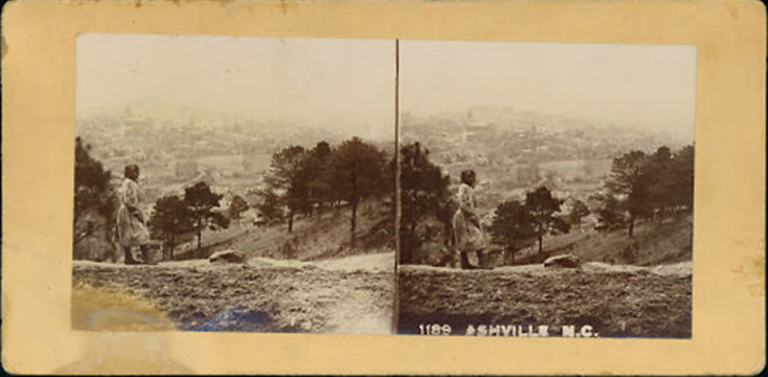The City of Asheville’s Planning & Urban Design Department, which oversees the joint City/County Historic Preservation Program, identified in recent years the imperative need for documentation of African American heritage resources within the city, and as a result initiated an architectural survey of historic resources specifically related to Asheville’s historically Black neighborhoods.
After much hard work by local preservation consultants Acme Preservation Services to revise the draft survey report, the Planning & Urban Design Department is excited to publish the African American Heritage Resource Survey final report, and we hope the community will join us in celebrating completion of the first phase of this important work.
The long process and history of this project
Historic resources in Asheville have been documented over the course of multiple survey projects over the years, beginning in the late 1970s through the most recent Downtown survey update occurring from 2007-2012. These efforts have only nominally documented historic resources significant to the city’s African American community. Few resources have been recorded across the city’s historically African American neighborhoods, including East End/Valley Street, Southside, West End/Clingman Avenue, South French Broad, Burton Street, St. John-A-Baptist, Shiloh, and Stumptown.
In 2018, the Planning & Urban Design Department applied for, and was awarded a $12,000 Historic Preservation Fund grant to aid the City’s efforts to conduct a new architectural survey project specifically for the purposes of identifying resources significant to African American history in Asheville. Additional funding was allocated by the Planning & Urban Design Department for a total project budget of $25,200 to fund the first phase of survey of African American historic resources.
A quote from the project manager
When asked about how the completion of the survey made her feel, Alex Cole, Urban Planner with the City’s Historic Resources Division had this to say:
“As a historic preservation planner, I feel proud that we’ve shifted the focus of our program in my time with the City towards documenting and honoring the history of traditionally underrepresented communities. Many people think of preservation as a static thing, but I really see it as a dynamic tool that can help to elevate and illustrate the collective history that connects us to each other. My hope is that the community will also feel proud of this work, and will use the information we collected to educate ourselves in order to gain a better understanding of a more complete and inclusive historical narrative of our community.”
